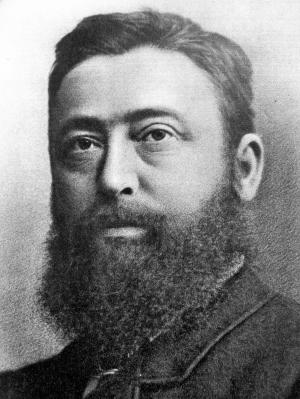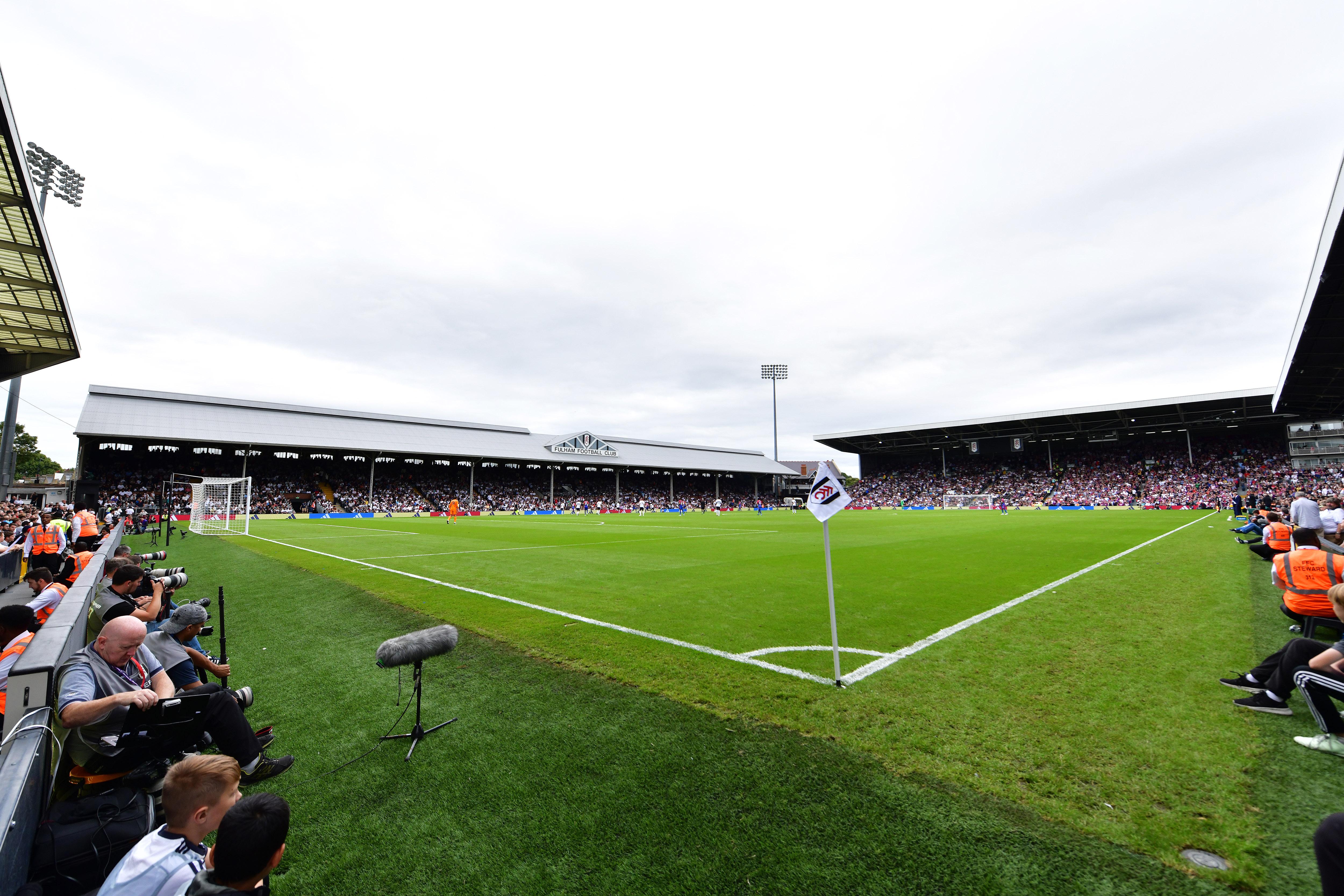Fulham FC is making plans to celebrate 2019 as the 140th year of the club's existence - one idea being floated is a historical trail. Here I talk a walk down some apt roads...
The club started as St Andrew's FC, and a good place to begin our Fulham trail is 68 Lillie Road, the former home and general practice of Patrick Alexander Murdoch (1847-1912) a Scottish doctor and highly influential local politician. Among his many roles was that of Churchwarden at St Andrew's Fulham Fields, and when the church started a cricket and football club in 1883 he agreed to be President. He was generous with his time and his resources and he continued to assist the club even after it had become Fulham FC and he had returned to Scotland. He certainly was one of the club's founders.

On the opposite side of Lillie Road stood Beaufort House with its extensive grounds. St Mark's College played their football matches there and entertained Fulham regularly in the 1890s. Beyond Beaufort House was a private ground known as Captain James's Field; in 1895 Fulham played some 'home' matches there while Craven Cottage was being prepared.
After crossing North End Road you should pause at 100 Lillie Road. Through the archway you can still see the first-floor premises where in 1885 the Revd PSG Propert established the St Augustine's Mission. This youthful curate organised a Young Men's Club in the evenings and at least once a week offered gymnastics, which proved very popular. St Andrew's FC's results improved considerably, thanks to Propert's fitness sessions.
On the opposite side between Chestnut Alley and Jervis Road was a patch of open land, which must have been handy for local footballers in the 1880s. Many of Fulham's early players came from the Jervis Road area (now the Clem Attlee Estate). Tom Norman, the club's first secretary lived at 1a Pownall Road, now Hugh Gaitskell Close.
Past the estate and the housing parades of Lillie Road you will find Sir John Lillie School. Some land had been set aside for a new school and before it was built, St Andrew's FC probably played some 'home ' matches here. As you cross into Moylan Road, note Lintaine Close on your left. The Revd Propert established St Augustine's Church here after outgrowing the Mission. His beautiful building was destroyed in a 1940 air raid and later replaced by these residences but the adjacent church hall survived; it is now a day nursery. Note also how Brecon Road on the left leads to Laundry Road, once the site of a gigantic laundry run by the Howland family. Jack Howland was the charismatic captain of St Andrew's FC and his youngest brother Claude played regularly for Fulham's Southern League team in 1899-1900.
Moylan and Musard Roads bring you to Greyhound Road, where you can see the extent of the present-day Queens Club grounds. In 1883 and 1884 St Andrew's was allowed to play some cricket matches on what was then known as the Queen's Field. St Andrew's Cricket and Football Club enjoyed the patronage of the Vicar the Rev John Cardwell, who must therefore be hailed as the original founder though he was happy to leave the running of the club to Dr Murdoch and Tom Norman. Cardwell's church, St Andrew's Fulham Fields, is the most important stage on our trail.
Where the road forks, choose the left hand for St Andrew's. The church's exterior looks much as it did when it opened in 1873 though in those days it stood alone (Fulham Fields!) and had an extensive garden. Now it is part of a terrace. The entrance leads into the café area, where you will see on your right a large painting of Victorian footballers. I commissioned this in order to show how St Andrew's FC may have looked in 1887 when the club won its first trophy, the West London FA Cup. The painting is based on a small black and white cutting from 1948 and on ex-player Henry Shrimpton's 1950 recollections of the club's original kit (light and dark blue). Confusingly some players in the original photograph are wearing blue and white shirts and this discrepancy remains in the painting.
Further along the wall you will see the plaque donated and installed by Fulham FC to celebrate the club's origins. The sign is made of wood because the club's first secretary Tom Norman was a carpenter. Before departing, have a look round the church proper, a pleasing blend of old and new. The Roll of Honour records 230 men, mostly local, who lost their lives in World War 1. There is no particular link with Fulham FC, but schoolkeeper Jack Cope was one of the game's many supporters who joined the Footballers' Battalion. Losses were heavy and Jack was killed in August 1916.
Near the altar there is a painting of the St Andrew's crest. It is hard to date but it closely resembles the badge that Fulham FC adopted in 1896 for the move to Craven Cottage.
Leaving the church by the Greyhound Road door you will face a row of terraced houses. In 1879 this was a builders yard for the construction of Star Road School (now Fulham Prep). The legend is that St Andrew's played their first games on that builder's yard, calling it the Mud Pond. It is a good story and a suitable place to end the tour, saving the road to Craven Cottage for another day.
The views expressed in this blog are those of the author and unless specifically stated are not necessarily those of Hammersmith & Fulham Council.
Want to read more news stories like this? Subscribe to our weekly e-news bulletin.

